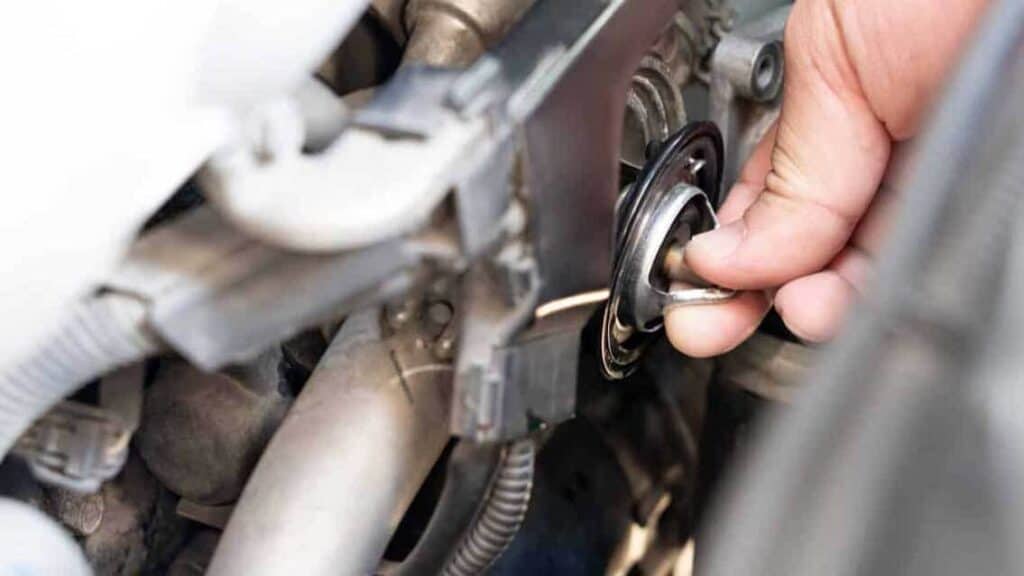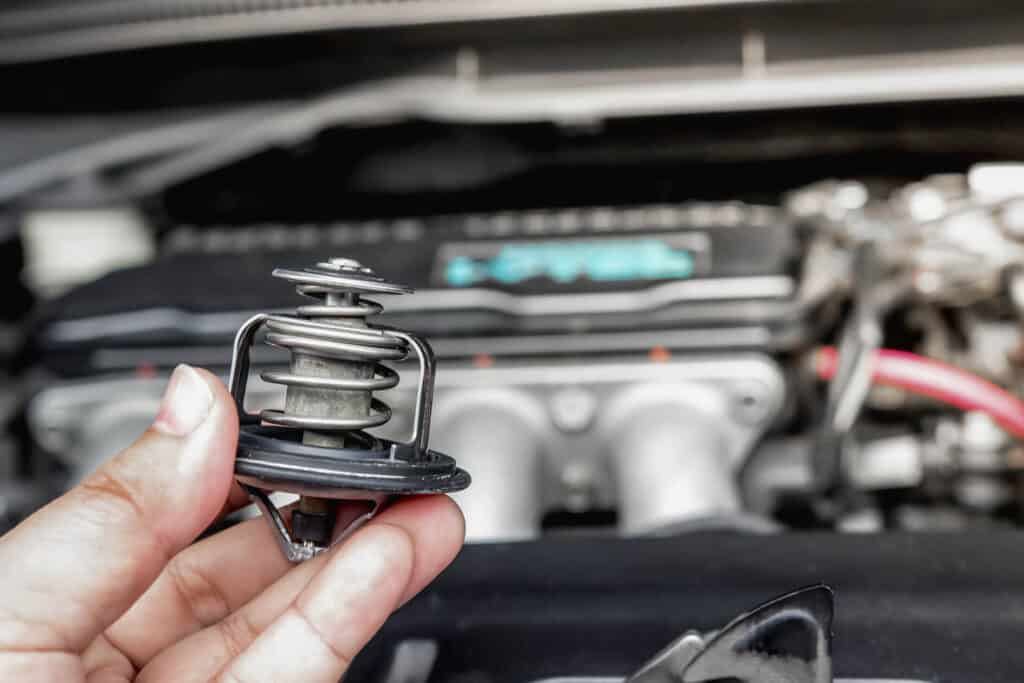Introduction
How often do you think about your car’s thermostat? Probably not much, unless it’s giving you trouble. This small but essential device regulates your engine’s temperature, ensuring it operates within the optimal range. But what happens when your thermostat starts to fail? Can you still drive your car with a bad thermostat? Technically, yes, but it’s not advisable. Let’s explore why.
What Happens When You Drive with a Bad Thermostat: Risks and Consequences
A faulty thermostat may seem like a minor issue that can be overlooked, but this isn’t the case. When a thermostat fails, it typically gets stuck in either an open or closed position. If it’s stuck open, the engine might never reach its optimal temperature, leading to reduced performance and fuel efficiency. If it’s stuck closed, the coolant can’t circulate, causing the engine to overheat, which can lead to severe engine damage.

Driving with a bad thermostat is like playing Russian roulette with your engine. The longer you drive with a faulty thermostat, the more you risk causing significant damage to your car. The engine might overheat, causing the head gasket to fail or even leading to a cracked engine block. Both repairs are time-consuming and can be quite expensive, easily running into thousands of dollars.
Symptoms of a Bad Thermostat: Signs That Your Car May Have a Problem
Identifying a faulty thermostat early can save you from these costly repairs. Here are some signs to look out for:
• Overheating: One of the most conspicuous signs of a faulty thermostat is an overheating engine. Your car’s dashboard houses a temperature gauge which indicates the engine’s heat levels. Under normal conditions, the needle should rest in the middle or just slightly below it. If your thermostat isn’t functioning correctly, it might get stuck in a closed position, preventing coolant from reaching the engine. This lack of coolant circulation will cause the engine to overheat, pushing the needle towards the ‘hot’ end of the gauge. Simultaneously, you may notice the engine’s temperature warning light flicking on persistently. Both of these signs are strong indications that your thermostat may be faulty and warrants an immediate check to prevent severe engine damage.
• Under-heating: While overheating is a common symptom of a bad thermostat, paradoxically, an engine that never seems to warm up could also signal a malfunctioning thermostat. In this scenario, the thermostat is likely stuck in the open position, allowing coolant to flow continuously. This excessive coolant flow prevents the engine from reaching its optimal operating temperature, even after driving for a significant period. You’ll notice this when your temperature gauge remains in the ‘cold’ zone, which isn’t normal operation, especially during longer drives. This constant under-heating can also lead to poor fuel efficiency and inadequate cabin heating during colder months.
• Fluctuating Temperatures: An erratic temperature gauge is another telltale sign of a potentially failing thermostat. If you notice the temperature gauge fluctuating between high and low without a consistent pattern, it suggests an irregular opening and closing of the thermostat. A well-functioning thermostat should maintain a fairly stable engine temperature once the vehicle has warmed up. This erratic behavior signifies that the thermostat is not regulating the coolant flow correctly, leading to varying engine temperatures. This inconsistency can cause a myriad of engine performance issues and should not be ignored.
• Poor Fuel Efficiency: A sudden dip in your vehicle’s fuel efficiency could also indicate a faulty thermostat. A thermostat that’s stuck in either the open or closed position can lead to an engine that operates too hot or too cold. An overheating engine works harder and consumes more fuel, while an under-heated engine doesn’t perform combustion as efficiently, also leading to increased fuel consumption. If you notice that you’re refilling your tank more often than usual and there are no visible fuel leaks, it’s worthwhile to inspect the thermostat. A properly functioning thermostat ensures optimal engine temperature, which in turn promotes fuel efficiency.
• The Importance of Addressing a Worn Thermostat: Why Ignoring It Can Lead to More Serious Issues
Ignoring a worn-out thermostat isn’t worth the risk. Besides the possibility of expensive engine repairs, driving with an overheating engine can lead to sudden breakdowns, leaving you stranded on the road or, worse, causing a fire hazard. It can also affect other engine parts, like the radiator, water pump, and hoses, leading to even more repairs.

Also, an engine that’s not at its optimal temperature won’t perform efficiently, which means you’re wasting fuel and creating more emissions. This can also lead to failing your vehicle emissions test, which is required in many jurisdictions.
Conclusion
While it may seem inconvenient or even unnecessary to address a worn thermostat, ignoring it can lead to more serious issues down the road. Your vehicle’s thermostat plays a crucial role in ensuring your engine operates at the optimal temperature. If your thermostat is faulty, it’s essential to replace it as soon as possible to avoid further damage to your engine or even more serious consequences. Remember, your car’s performance and your safety on the road are at stake. Don’t ignore the signs – treat your car with the care it deserves, and it will serve you well in return.
